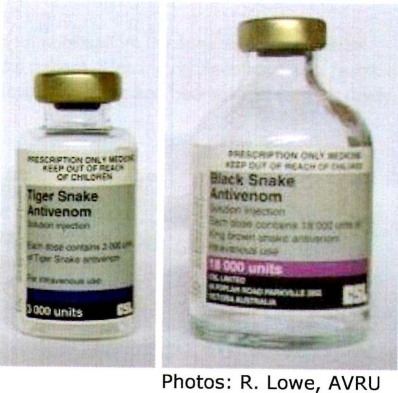Tiger Snake Envenomation
/First Aid for tiger snake envenomation is pressure-immobilization
The snakes in the group defined here are grouped together because of similarity in clinical aspects of the envenomations they may cause. Several genera are represented, and among the species included are:
- Mainland Tiger Snake
- Black Tiger Snake
- Rough-Scaled Snake
- Copperheads
- Pale-Headed Snake
- Broad-Headed Snake
- Stephen's Banded Snake
- Small-Eyed Snake
Signs and Symptoms
Tiger snake venom has a wide range of effects on humans. It contains pre-synaptic and post-synaptic neurotoxins, myotoxins and procoagulants. Significant envenomation by any species of this group may result in:
- Neurological impairment
- Paralysis
- Incoaguable blood
- Rhabdomyolysis
- Renal failure secondary to myolysis
Treatment
 First aid for tiger snake envenomation consists of a pressure bandage and immobilisation. In cases where a pressure bandage has been applied correctly, it can be left in situ indefinitely while the patient is feeling no discomfort as a result. If it becomes appropriate to remove a pressure bandage, it is necessary to have antivenom and haemostatic support ready. In severe cases, a patient may require ventilatory support.
First aid for tiger snake envenomation consists of a pressure bandage and immobilisation. In cases where a pressure bandage has been applied correctly, it can be left in situ indefinitely while the patient is feeling no discomfort as a result. If it becomes appropriate to remove a pressure bandage, it is necessary to have antivenom and haemostatic support ready. In severe cases, a patient may require ventilatory support.
Antivenom is indicated for any clinical manifestations of neurotoxicity, myolysis or severe coagulopathy.
Antivenom
Tiger snake antivenom can be used effectively for envenomation by any of the species listed above.





